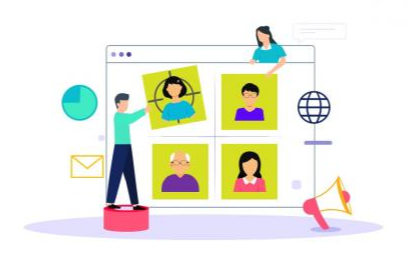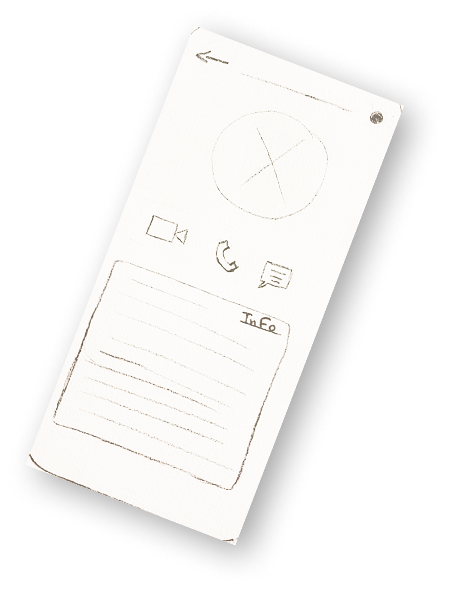

Conclusion
Mindora was my first design after learning UX/UI principles, allowing me to apply research and user-centered design strategies. This project focused on creating an accessible mental health app with essential tools to support users in managing their well-being.
Interview Questions
1. Have you used any mental health support services while pursuing your studies?
2. Have you ever been in a situation where you felt like you needed assistance but chose not to ask for it?
3. What are the primary difficulties or challenges you encounter concerning mental health while studying? How does that challenge impact your daily life?
4. What obstacles have you faced when trying to access mental health resources/services?
5. Have you had experience with any mental health applications previously? If so, could you share your experience?
6. What functionalities/features would you consider most beneficial in a mental health app? And why?
7. In your opinion, how could a mental health app provide support to students like yourself?
8. What worries do you have regarding the use of a mental health app?
Key Insights

Accessibility and Affordability
The application should provide affordable and flexible online resources that engage students according to their academic needs and financial limitations.

Usability and Transparency
A simplified app design with straightforward navigation and transparent data practices can reduce barriers and encourage trust among users.

Diverse Resources and Personalization
Free tools like meditation guides and personalized wellness plans can benefit students by catering to their needs.
Define
Many students struggle to find affordable and accessible mental health support. There is a need for a solution that simplifies access to therapists, aids in mood tracking, and offers a personalized experience while tackling financial constraints, cultural stigma, and time limitations.
Solutions
01
Simplify the process of connecting with therapists through an intuitive interface.
02
Provide an easy-to-use mood-tracking feature to promote self-awareness and mental well-being.
03
Ensure the app is visually accessible, user-friendly, and inclusive for domestic and international users
Research Findings
Students face challenges when accessing mental health support/resources because of long waits and high costs.
Students avoid speaking about their challenges and seeking assistance due to privacy concerns.
Students prefer to talk with professional people rather than talking to just a normal person or an application based on AI.
Students feel uncomfortable asking for help because they lack confidence and fear that no one will respond.
Develop
In the development phase, ideas were translated into tangible solutions through wireframes, style guides, and prototypes.











Typography & Colors
Font Used
Lato
Google font
A B C D E F G H I J K L M N O P Q R S T U V W X Y Z
a b c d e f g h i j k l m n o p q r s t u v w x y z
1 2 3 4 5 6 7 8 9 0
Color Used
Primary Color
#006838
Secondary Color
#A8D8A8
Background Color
#FFFFFF
Deliver
The final designs were prepared in the Deliver phase, showcasing the app's user experience and features.
Mobile Prototype
This video shows how the design works on a mobile screen. It focuses on simple navigation and easy access to features.
Desktop Prototype
This video shows the desktop version of the design. It has a wider layout with more space for content and features.


MINDORA
Mental Health Application - Class Project
September-December 2024


Design Thinking Process
The project aimed to design a mental health app, MINDORA, for domestic and international students to address issues like anxiety, stress, and depression. Research focused on understanding students’ challenges, support-seeking behaviors, and barriers to accessing mental health resources.
Discover
The app’s goal is to provide virtual counseling, meditation tutorials, stress relief activities, and educational content, ensuring accessibility despite financial, time, or social limitations.
Research Methods
User Interviews
Conducted with students aged 18–25 to identify key pain points, including long wait times, high costs, privacy concerns, and distrust of AI-based tools.
01
Affinity Mapping
Organized insights to uncover common themes, highlighting user preferences for professional support, affordability, and personalized features.
02
SWOT Analysis
A SWOT Analysis of BetterHelp and Headspace revealed gaps in affordability, multilingual support, transparency, and personalized wellness plans.


